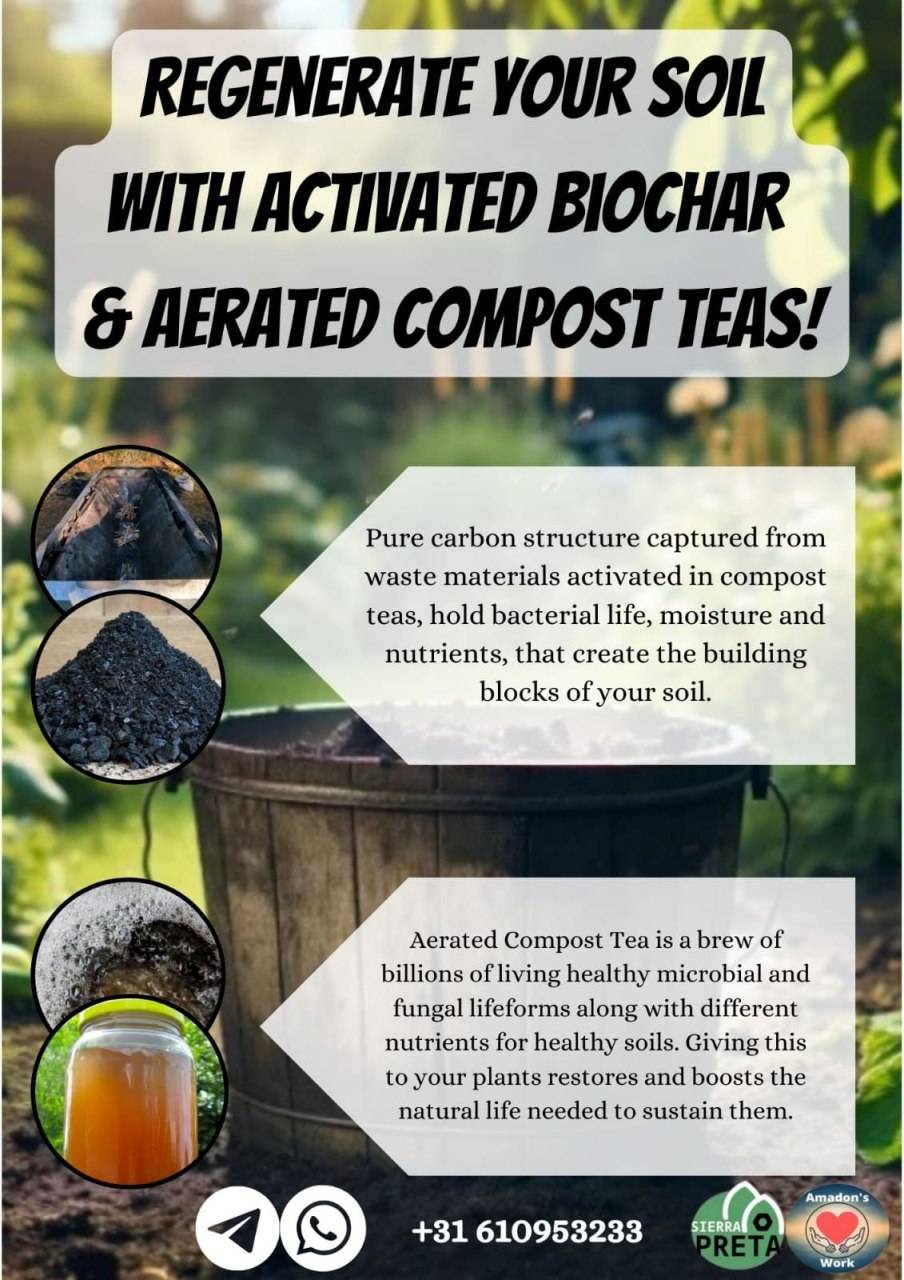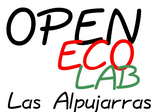Sierra Preta means black mountains, and refers both to our lovely region of the Sierra Nevada and to incredibly productive Brazilian Terra Preta soils. It symbolises our ambition to cover the whole of the cultivated Sierra Nevada with biochar in order to increase sustainability and resilience of farmland ecosystems.
At Sierra Preta, we turn problems into solutions. We process agricultural waste to produce high-quality biochar to increase the sustainability and resilience of local farmland ecosystems. We focus on developing decentralized and community-driven pyrolysis processes to create environmental and social value. We are rooted to our local environment, and aim to regenerate Andalusian soils, working towards climate change mitigation and adaptation by stopping the progression of the desert in Southern Spain.

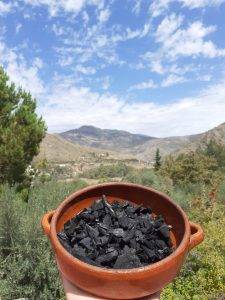
Starting with our valley, we want to contribute in the reconstruction of a diverse and resilient ecosystem which will be able to mitigate the effect of climate change by reducing further emissions and even begin to reverse it by removing carbon dioxide from the air. In the meantime, biochar fosters adaptation to climate change by restoring soil health, biodiversity, nutrient and water retention. Therefore serving as the perfect tool to reduce both the impact and the frequency of droughts in the region.
We believe that only together, we can raise to the challenge of regenerating our soils, farmlands and ecosystems. Hence, the empowerment of local farmers and communities through developing highly distributed, cost efficient and small to medium-scale biochar production is at the core of our strategy.
Environmental Benefits
A Single Solution to Multiple Problems
We are located in the Spanish Sierra Nevada, a chain of mountains located on the coastline of Granada. After years of observation, we have identified that biochar production and application on a large scale could be a solution to many of the environmental challenges the region is experiencing.
Global warming is making the difficult dry climate of this region worse than it has been. Current trends are leading us towards desertification through impact on soil quality, which becomes depleted of both its nutrients and water retention capacities. Biochar is the perfect addition for these kind of soils for them to recover their fertility.
Many trees are suffering, and the long-lasting intensive agriculture of the Andalusian coast resulted in worsening the dry conditions of the local mountains. Many reforestation projects are very active to try and counterbalance these effects. However, they are struggling with the low success rate of these new trees due to soil quality and dry conditions. Adding biochar to the substrate of newly planted trees and within tree nurseries themselves could make an incredible difference to the success rate of trees planted in the area.
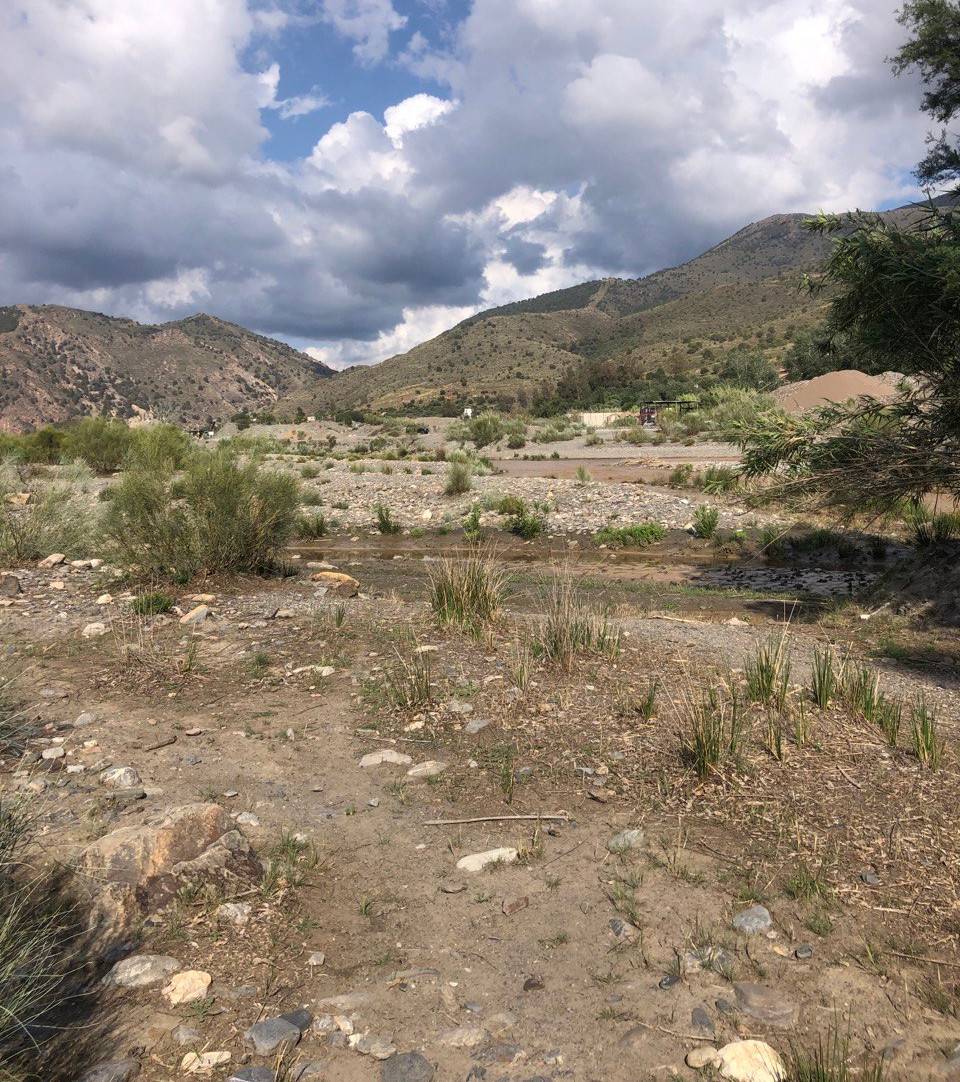
The region is home to intensive production of fruiting trees. At the end of the winter, immense quantities of wood residues (mostly olive) are left as waste. This wood is mostly being burnt on site, participating in local air-pollution furthering the impact of climate change. The same olive oil production has another by product in olive pips and pulp, a resource we could consider for biochar production as well. The high environmental stakes and potential political interest in the region makes it a very interesting case study for Biochar production.
Through offering distributed biochar generation to local farmers and approaching local decision-makers, we are thriving to deliver biochar production and the associated co-benefits where it is all needed. Covering the whole of the Sierra Nevada mountain range with biochar!
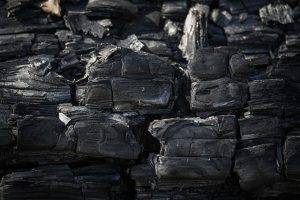
Biochar, a type of charcoal produced from organic materials through a process called pyrolysis, finds application in various domains due to its unique properties and benefits.
Here are some key domains where biochar is used:
Biochar is often added to soils as a soil amendment to enhance
fertility, water retention, and nutrient availability. It can improve
soil structure, increase microbial activity, and sequester carbon in the
soil, promoting sustainable and productive agricultural practices.
Biochar can play a role in carbon sequestration by capturing carbon from
biomass that might otherwise decompose and release carbon dioxide into
the atmosphere. Incorporating biochar into soils helps store carbon in a
stable form for a longer period.
Biochar production can be a way to manage organic waste, such as
agricultural residues, wood waste, and other biomass materials that
might otherwise contribute to landfill waste or open burning. By
converting these materials into biochar, waste is repurposed into a
valuable resource.


The pyrolysis process used to produce biochar can also yield bioenergy
in the form of bio-oil and syngas. This can contribute to the renewable
energy sector.
Ongoing research explores new applications for biochar, including its use in composite materials, as a catalyst support, and in specialized environmental remediation projects.
Overall, biochar's versatility and beneficial properties make it a promising tool for addressing environmental and agricultural challenges in various domains.
Adding biochar to livestock bedding or manure management systems can
help reduce odors and capture nutrients, thereby improving waste
management on farms.
Biochar can be used in potting mixes and soil blends for container
gardening, landscaping, and urban agriculture to enhance plant growth
and water retention.
As biochar sequesters carbon in soils and reduces emissions from organic
waste, it can play a role in mitigating climate change by reducing
greenhouse gas concentrations in the atmosphere.
Biochar has been used in water treatment systems to remove contaminants,
such as heavy metals and organic pollutants, from water sources. Its
porous structure and high surface area make it effective for adsorption
and filtration.
Biochar can aid in ecological restoration efforts by improving soil
quality in degraded or disturbed landscapes, promoting vegetation
establishment.
In aquaculture systems, biochar can be used to improve water quality by
adsorbing excess nutrients and pollutants, creating a healthier
environment for aquatic organisms.

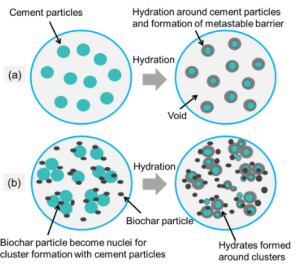
Biochar has been explored as a potential additive in construction
materials due to its unique properties, such as its porous structure,
carbon sequestration potential, and potential to enhance certain
properties of construction materials. While still an emerging field,
there are several ways biochar can be used in construction:
Biochar can be added to concrete mixes to improve their properties. The
porous structure of biochar can help increase the porosity and reduce
the density of concrete, making it lighter and potentially improving its
thermal insulation properties. Additionally, the carbon content of
biochar can contribute to carbon sequestration in concrete, helping to
offset its environmental impact.
Biochar's insulating properties can contribute to better thermal
regulation in construction materials. Incorporating biochar into
materials like plaster, insulation panels, or cementitious products can
help regulate temperature and reduce energy consumption for heating and
cooling.
Some studies suggest that adding biochar to construction materials could
enhance their fire resistance properties due to its heat-absorbing
properties and ability to delay ignition.
Biochar's lightweight nature can be advantageous in producing
lightweight construction materials, reducing the overall weight of
structures. It can be used in the production of bricks, blocks, and
other building components.
Biochar's porous structure allows it to absorb and release moisture
effectively. This property can be useful in materials designed for
moisture regulation, such as plaster and coatings that help prevent mold
and moisture damage.
By incorporating biochar into construction materials, the carbon content
of biochar can be effectively locked into the material, contributing to
carbon sequestration. This can offset the carbon footprint associated
with the production of conventional construction materials.
Biochar production provides a potential avenue for utilizing organic
waste materials that might otherwise be discarded. Incorporating these
waste-derived biochars into construction materials can promote a
circular economy and reduce waste.
Biochar's ability to absorb and release moisture slowly could
potentially help reduce cracking and shrinkage in certain construction
materials.
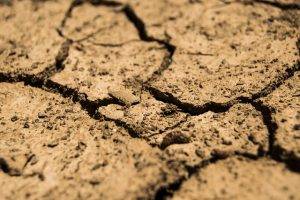
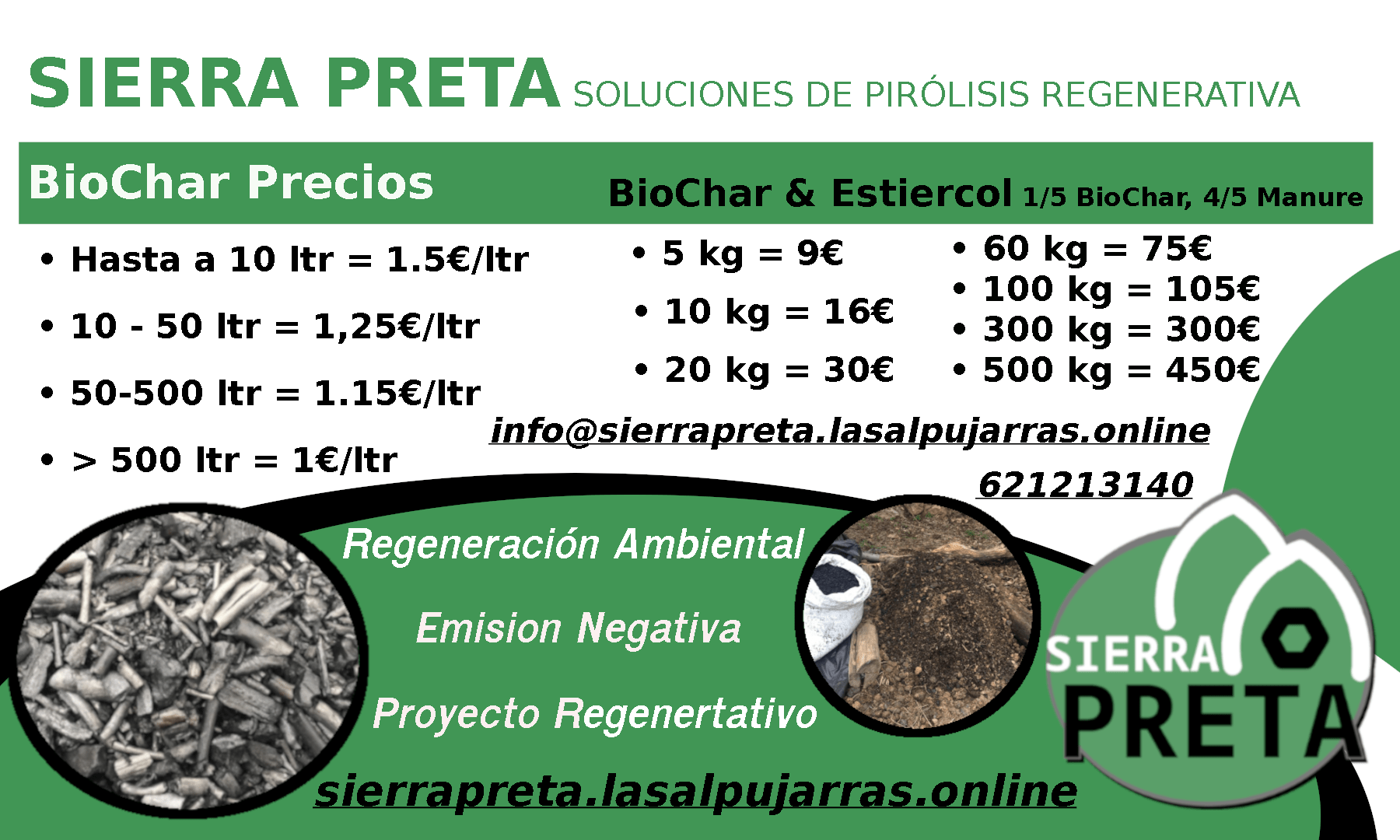
Stay Connected to our Project
Subscribe to our mailing list to receive updates on the progress of our Project and upcoming workshops.
unsubscribe at anytime.
Sierra Preta is in Collaboration with

The New Global Community for Biochar
Click here to explore their forum - Knowledge center for Biochar Producers
